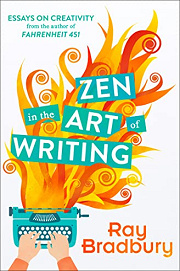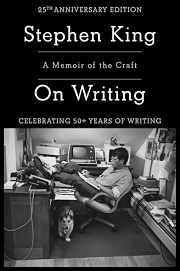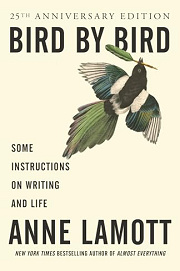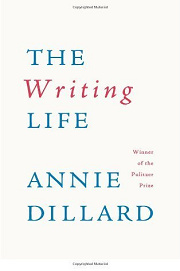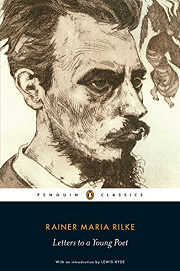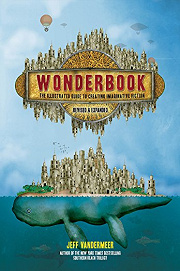Share your thoughts in a quick Shelf Talk!
Zen in the Art of Writing by Ray Bradbury
Ray Bradbury opens the workshop door and ushers you into the joy, discipline, and electric risk of the creative life. Brimming with warmth, insight, and contagious enthusiasm, Zen in the Art of Writing is a rallying cry for anyone who wants to turn imagination into blazing prose.
Have you read this book? Share what you liked (or didn’t), and we’ll use your answers to recommend your next favorite read!
Love Zen in the Art of Writing but not sure what to read next?
These picks are popular with readers who enjoyed this book. Complete a quick Shelf Talk to get recommendations made just for you! Warning: possible spoilers for Zen in the Art of Writing below.
In Zen in the Art of Writing, did you enjoy ...
... zest-filled, practical craft advice rooted in personal origin stories?
On Writing by Stephen King
If you loved Bradbury’s sprinting, coin-fed typewriter anecdote about banging out what became parts of Fahrenheit 451, you’ll click with King’s nuts-and-bolts origin tales—like the spike of rejection slips above his desk and the “toolbox” he carries into every draft. Where Bradbury urges you to “run fast, stand still,” King shows you how to cut adverbs, read voraciously, and build daily momentum after disaster—right down to the gritty, funny details that make you want to sit and write now.
... playful, candid encouragement about process (and surviving the fear of the blank page)?
Bird by Bird by Anne Lamott
Bradbury’s essays like “Run Fast, Stand Still” and “How to Keep and Feed a Muse” celebrate messy beginnings and joyful practice; Lamott gives you the same buoyant kick with her famous “shitty first drafts,” the jealousies and voices-in-your-head chapter, and the hilarious story of taking it one small, doable step—bird by bird. If Bradbury’s gusto made you grin, Lamott’s warmth and jokes will keep you laughing all the way to page two.
... short, luminous essay-chapters that read like craft koans?
The Writing Life by Annie Dillard
If the bite-sized essays in Zen in the Art of Writing—from “Drunk, and in Charge of a Bicycle” to “The Joy of Writing”—worked like sparks for you, Dillard’s brief, blazing chapters will feel like flint. She trades in sharp images (the moth in the candle, the inchworm on the edge) that, like Bradbury’s list-making method, convert epiphany into practice—perfect when you want inspiration in potent, concentrated doses.
... intimate, searching reflections on vocation and inner necessity?
Letters to a Young Poet by Rainer Maria Rilke
Bradbury asks you to court your subconscious and write with gusto; Rilke answers with ten letters urging you to go inward, test whether you must write, and build a life that serves that necessity. If “How to Keep and Feed a Muse” stirred you, Rilke’s counsel on solitude, patience, and ripening—delivered with the same earnest seriousness Bradbury brings to joy—will deepen that resolve.
... a celebration of imagination-as-fuel for craft, presented through visuals and playful exercises?
Wonderbook by Jeff VanderMeer
Bradbury’s love of lists, lightning-bolt images, and “zest” makes creativity feel tactile; Wonderbook turns that feeling into maps, diagrams, and prompts that prod your muse in the same exuberant spirit. If the UCLA typing-room legend fired you up, VanderMeer’s illustrated workflows and interviews (with storytellers who chase wonder for a living) will give you fresh, practical ways to bottle that spark.
Unlock your personalized book recommendations! Just take a quick Shelf Talk for Zen in the Art of Writing by Ray Bradbury. It’s only a few questions and takes less than a minute.
